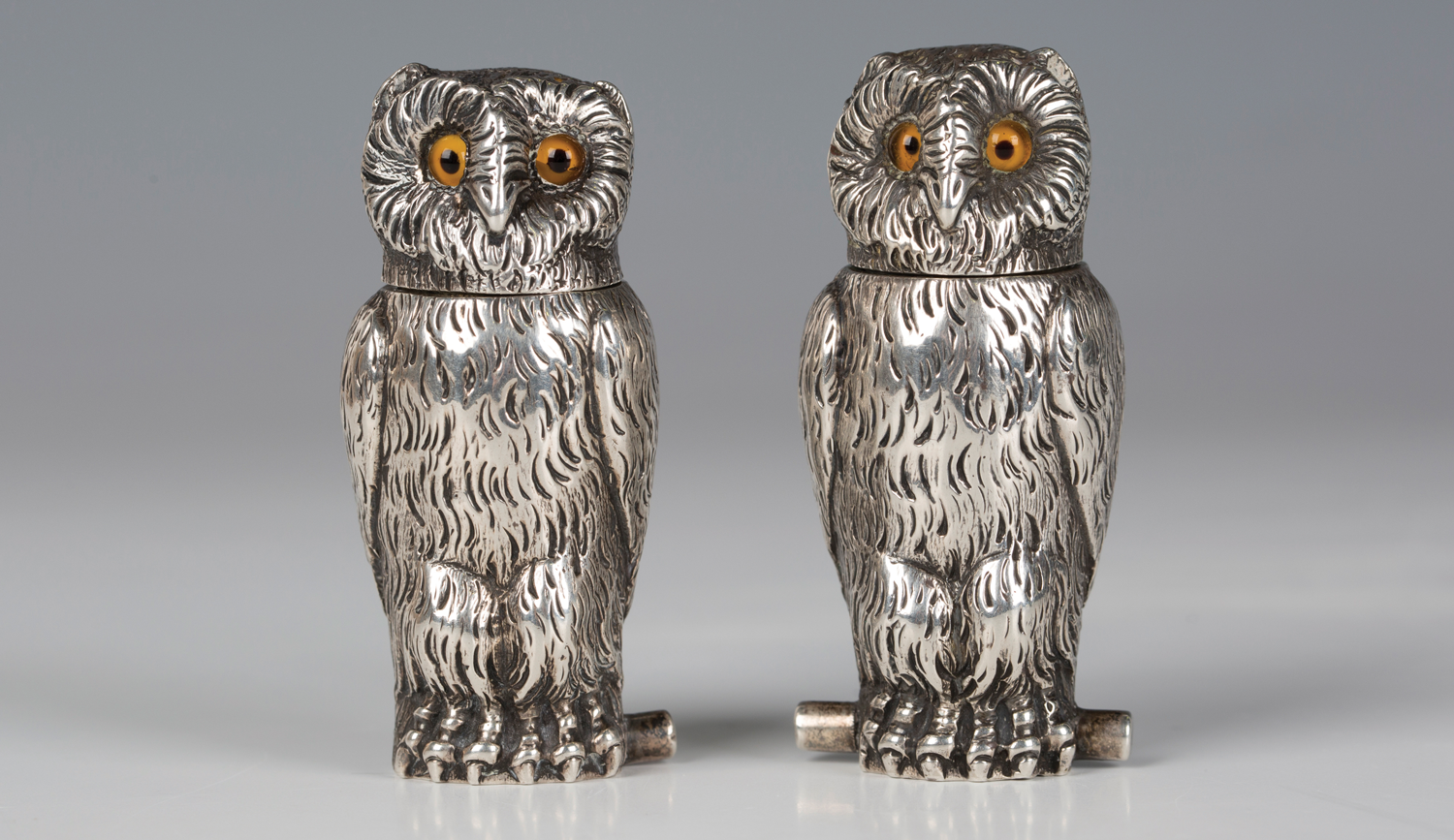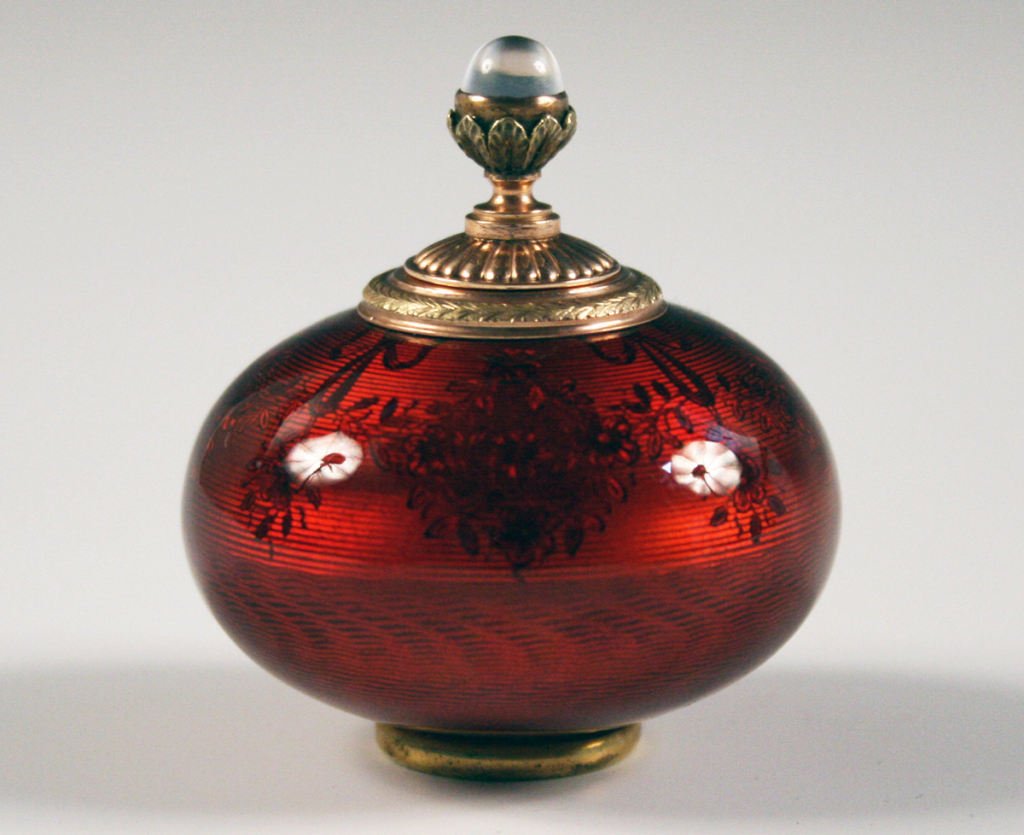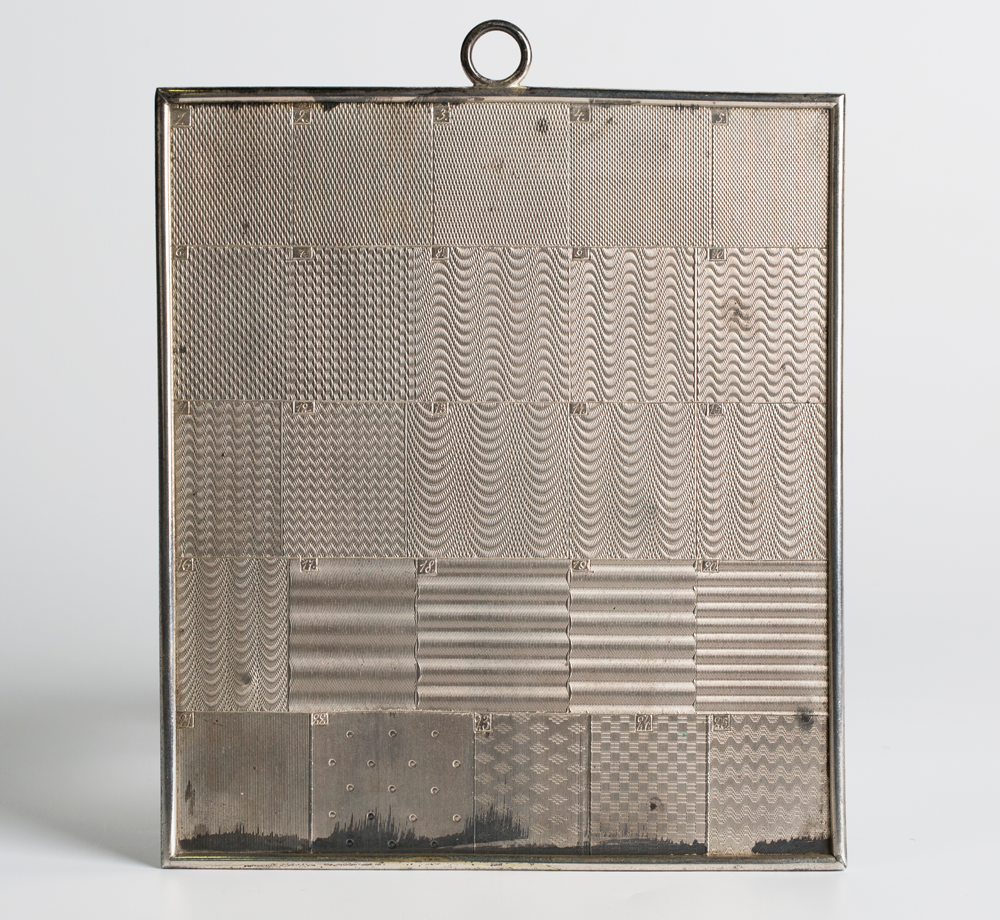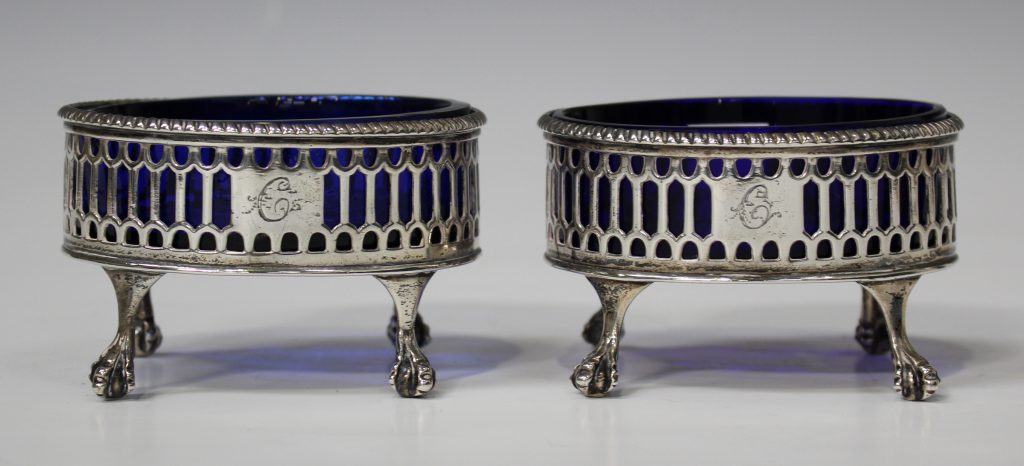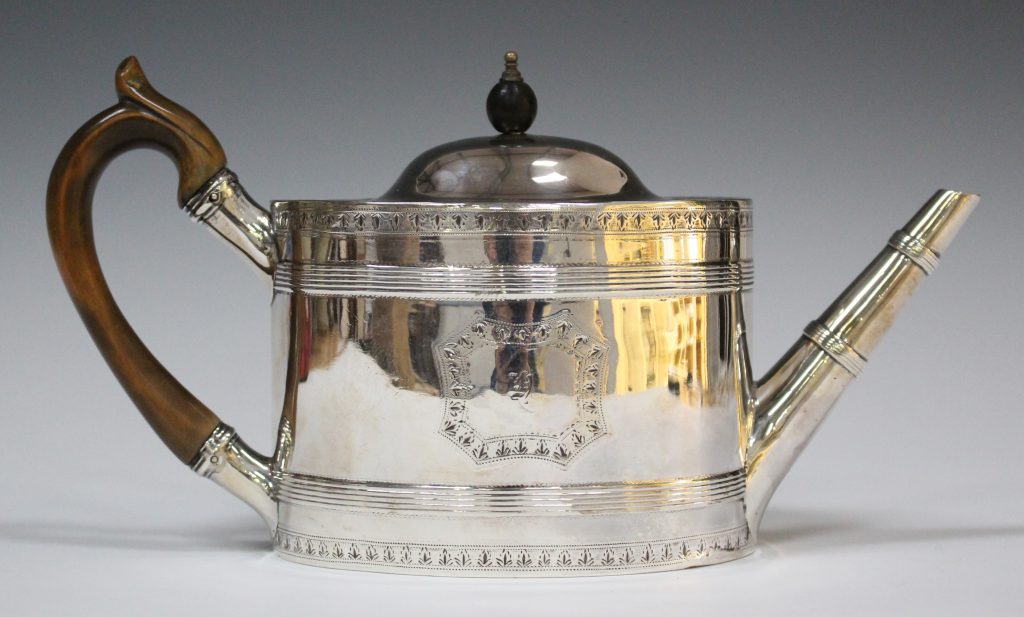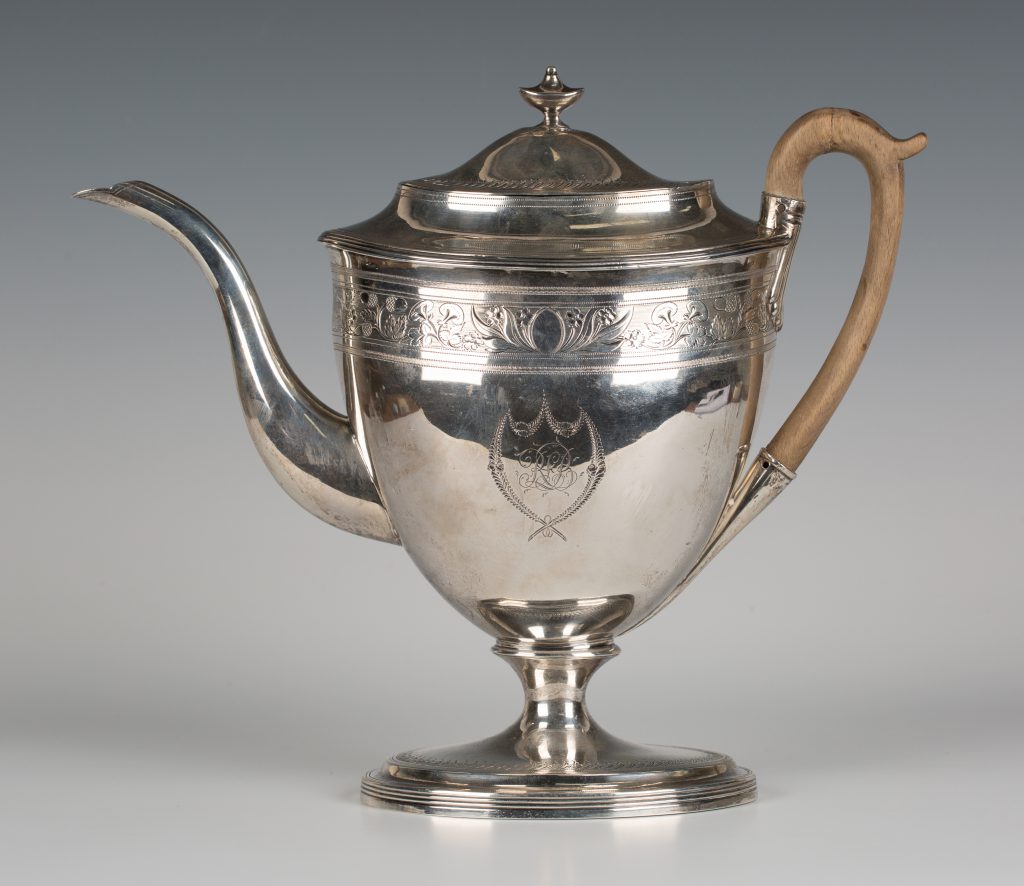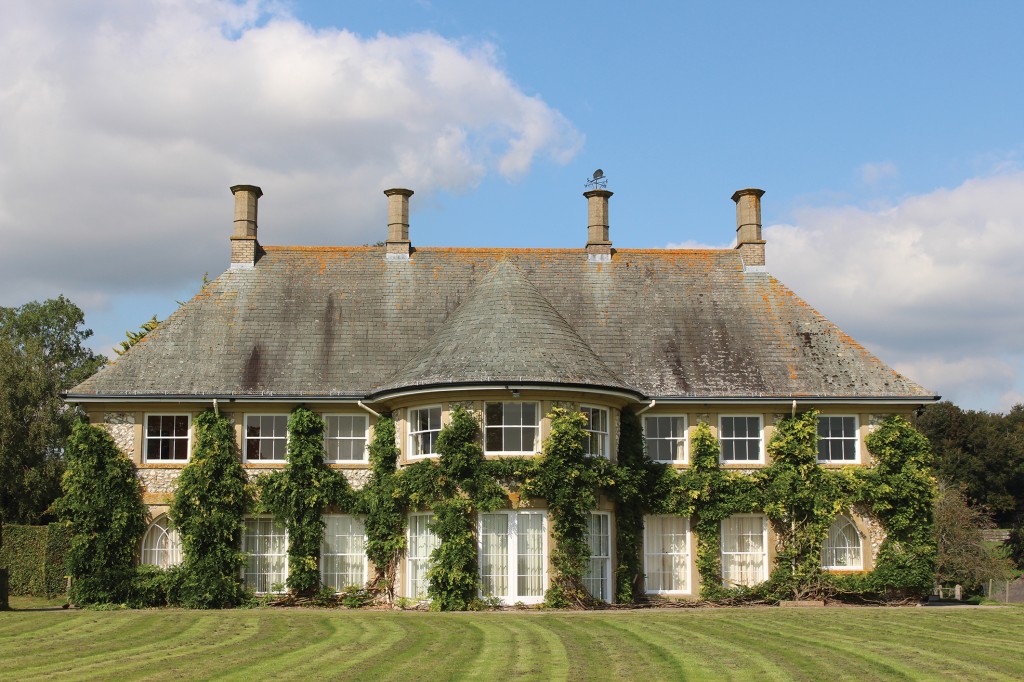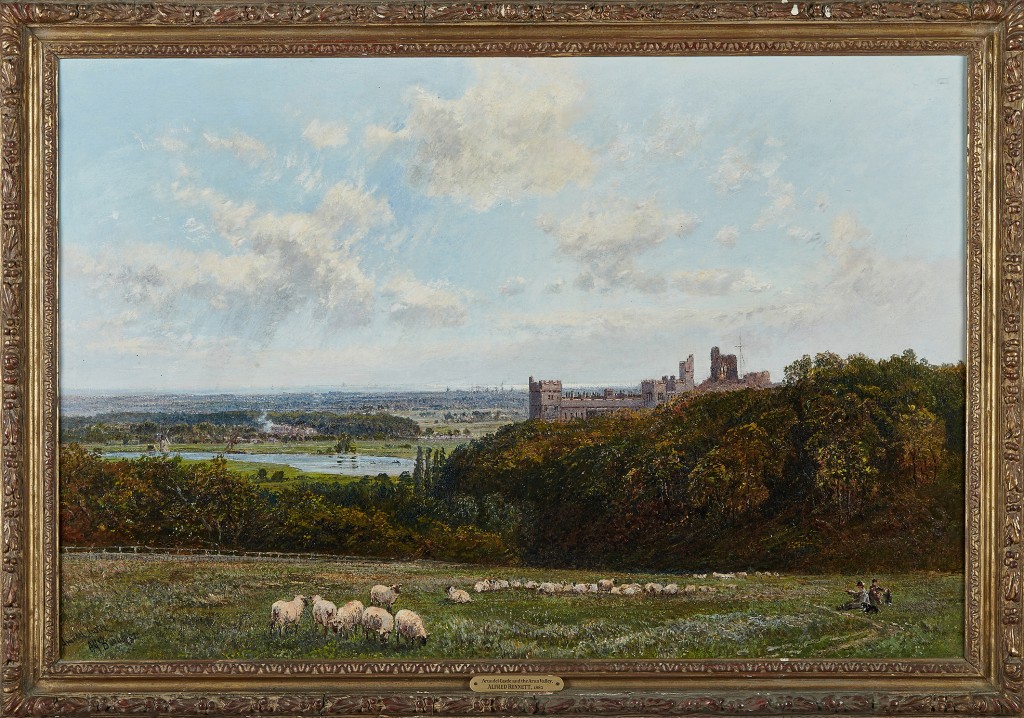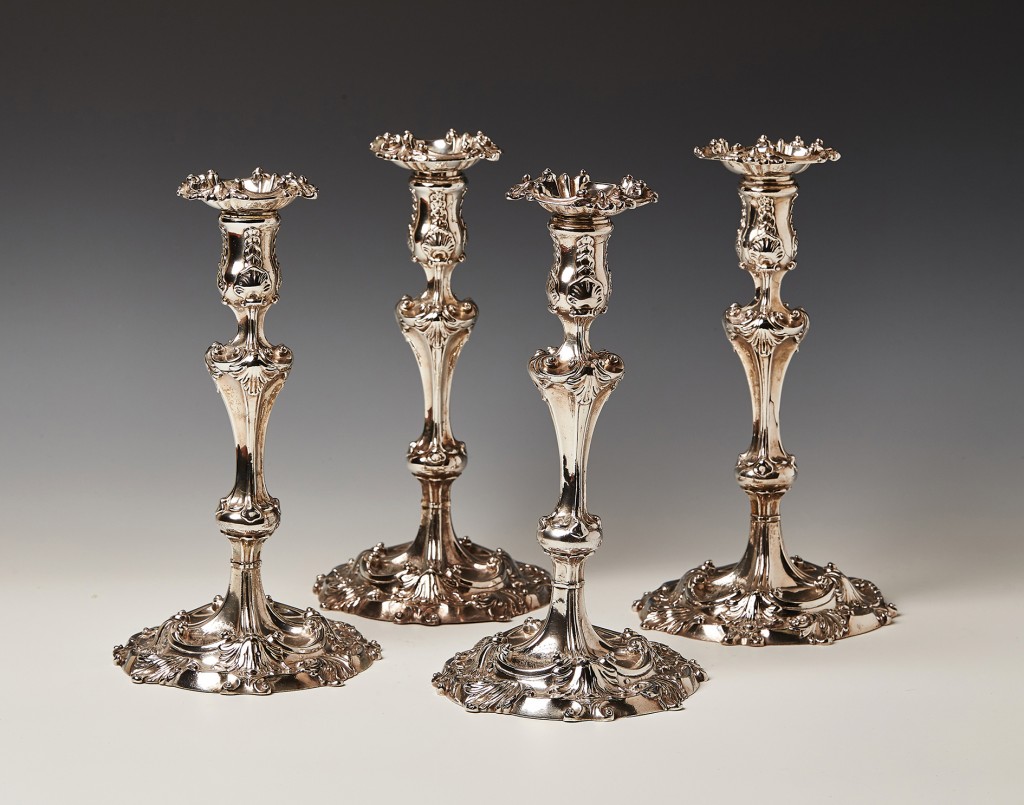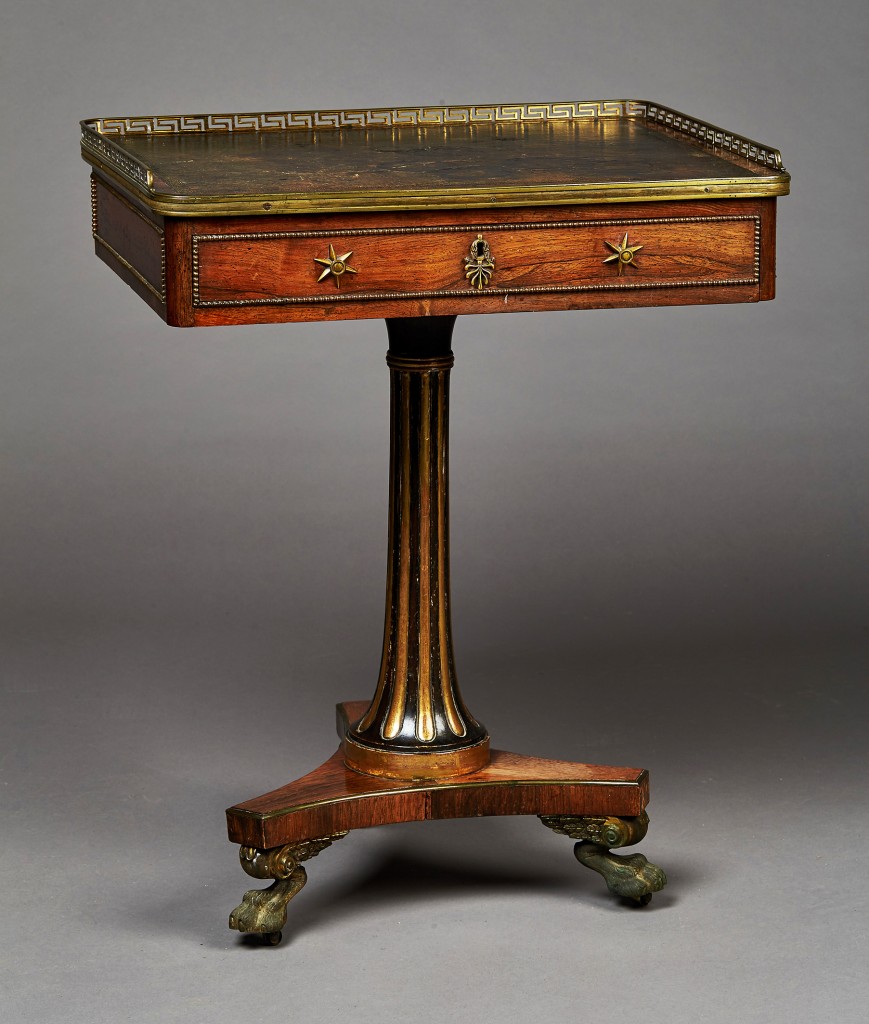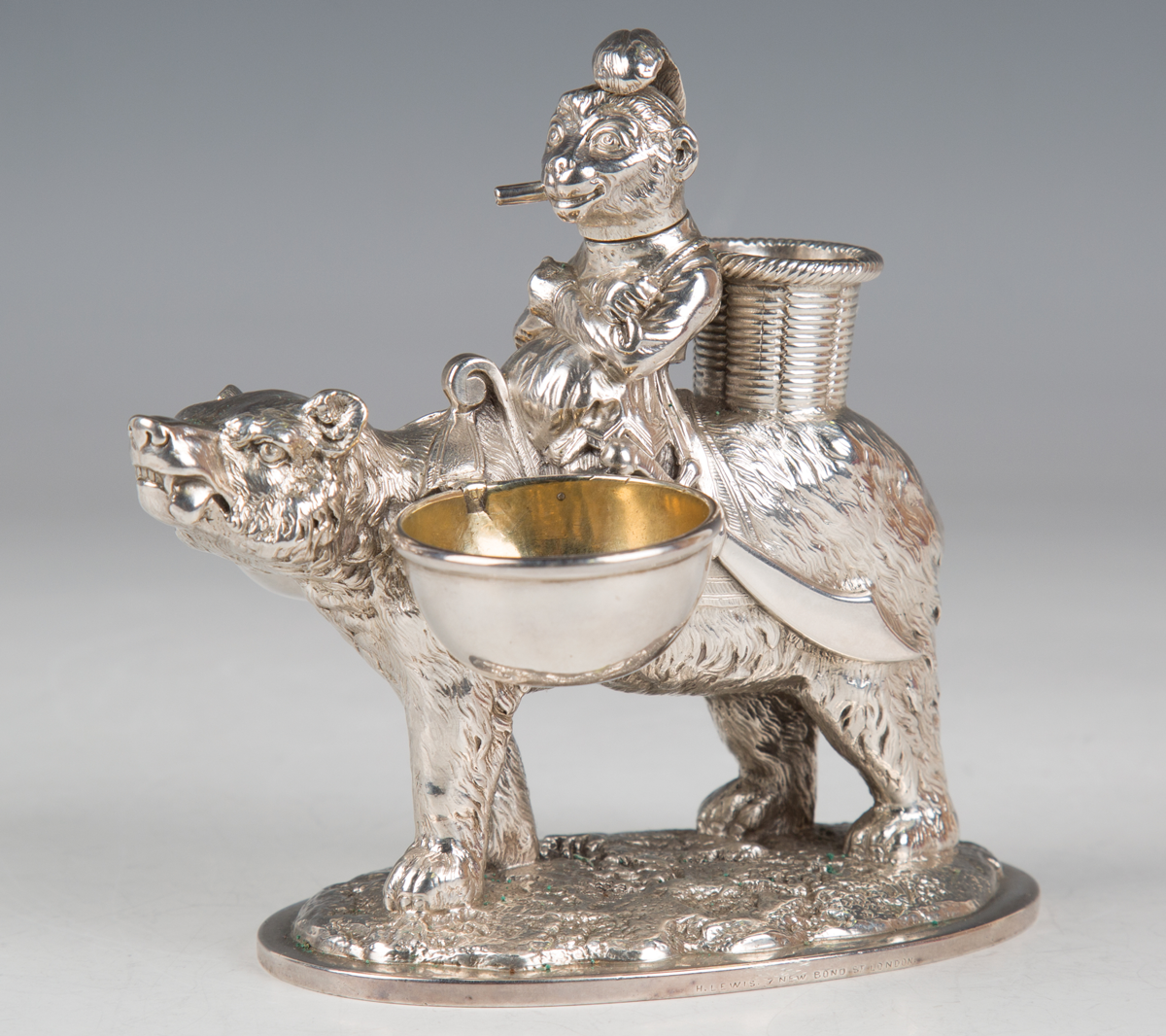
Silver objects across the centuries have so often captured and reflected the society for which they were made.
Over time a delight in novelty has persisted. Dutch silver wager cups were produced from the late 16th century. The most popular of these were the windmill cups like the 1638 example you see here from Amsterdam which recently sold at Toovey’s for £10000. Its bell shaped bowl is decorated in relief with fruit and leaves. The windmill has simulated plank decoration and a dial above a miller ascending a ladder. Because the base was modelled as the sails of a windmill the cup could not be put down until the bowl was drained. Before drinking the contestant would blow through the pipe setting the sails in motion. There is some debate as to whether the dial indicated the number of beakers to be drunk if they failed to drain the cup before the sails ceased turning, or if it signified how many drinks were to be offered to the gathered company.
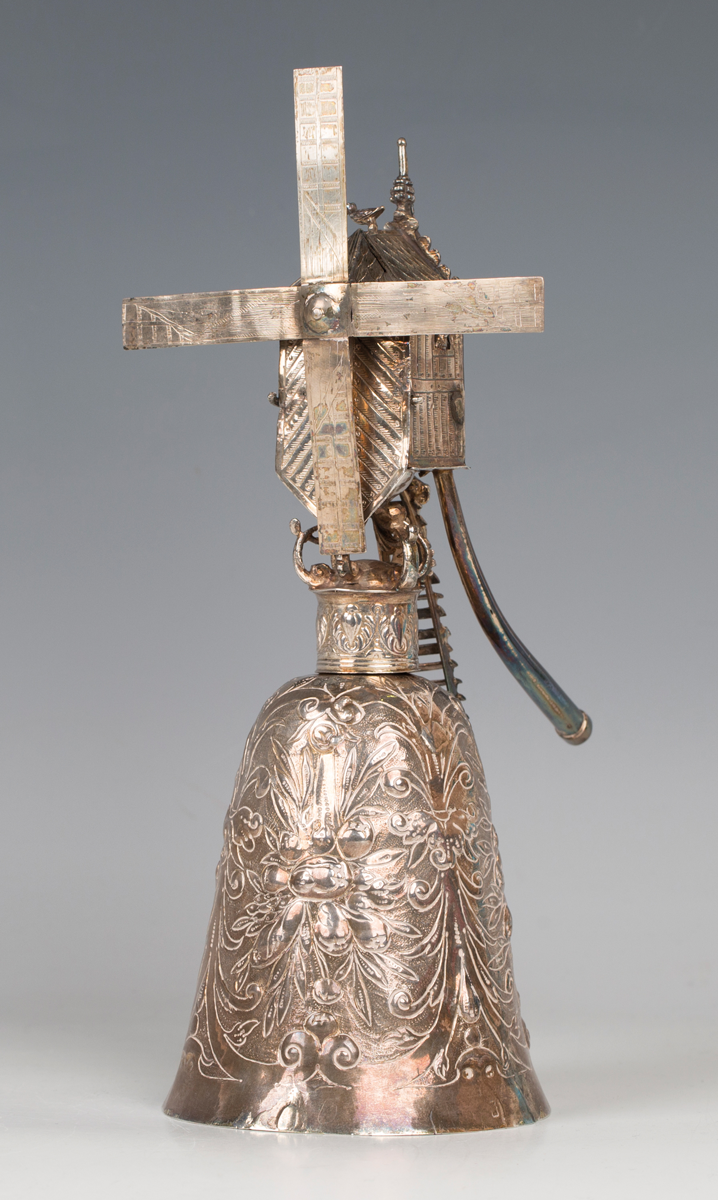
Mr Punch has a special place in my heart. It was always a treat to pop in to see my Gran on the way home from primary school. A Victorian cast iron doorstop in the form of Mr Punch would welcome us as he held the door open and in the kitchen sweets were arranged on a silver dish for us to find.
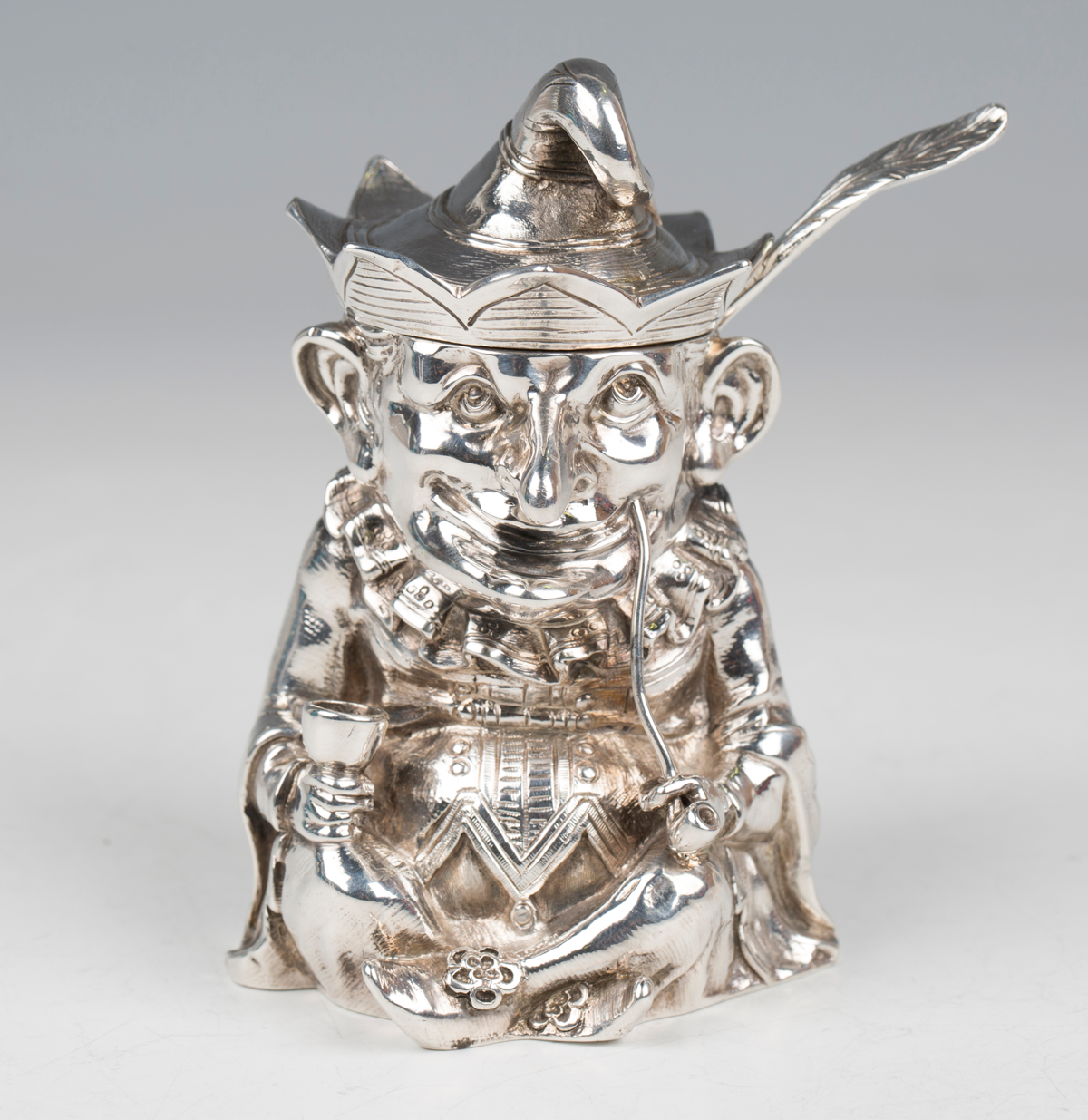
It brought back fond memories to discover the rare Victorian silver novelty mustard pot, finely modelled as Mr Punch sitting cross-legged with pipe and goblet, a mischievous look on his face, and with the original feather handled spoon. Such wonderful quality of workmanship and design…that’s the way to do it!
Mr Punch was inspired by the Neapolitan character Pulcinella in the commedia dell’arte. Since before Victorian times the unreliable Mr Punch and his long suffering wife Judy (originally known as Joan), together with a cast of other puppet characters, have indulged in an often outrageous pantomime of familiar slapstick humour.
In the same specialist Toovey’s auction a rare Victorian silver novelty smoker’s companion was finely cast and modelled as a monkey riding a bear supporting two circular bowls with a wicker basket on its back. The monkey smoking a pipe/cigar conceals the table lighter within the detachable head cover with plumed helmet.
These beautifully worked humorous objects were made in London in 1870 and 1876 by Robert Hennell IV and realised £5500 and £5800.
Silver has captured and reflected life over the centuries.
These pieces illustrate the extraordinarily high demand and prices for silver collectors’ objects today.
